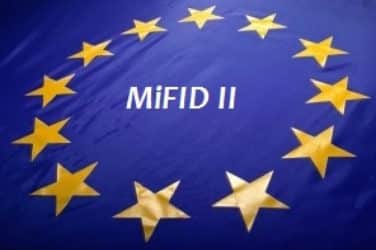Starting January 3, 2018, all asset managers affected by MiFID II’s research de-bundling mandate will need to track, assign a value, and pay for research provided by the sell side and independent providers. But ‘research’ can be a vaguely defined term.
Besides standard reports, it can also refer to analyst marketing, custom access to analysts, conferences, expert networks, data, field trips, model requests, social occasions and NDRs, according to James Ulrich, the executive director of the standard consortium RIXML.org.
To help prepare the buy side to address these needs, RIXML.org is developing additional schema to support the interactions between the buy side and research providers for its Research Information eXchange Markup Language.

James Ulrich,
RIXML.org
“The schema looks to capture whether it is a live interaction, a call, who consumed it, the standard event ID, a start time and date, an end time and date, which sector and asset classes were discussed,” said Ulrich. “There will be a lot more associated with that than just research.”
By providing this metadata, RIXML.org looks to help solve the coming disconnect between the buy side and its research providers.
A recent research report by Greenwich Associate, surveyed asset managers expect to pay $900 million for research in 2020 compared to the $1.2 billion they pay today.
“That’s why we are making sure that we have to capture all of this because there is going to be some significant business decisions in the future they’re going to have to make,” said Ulrich.
RIXML.org expect to publish version 1.0 of the interaction portion of its schema sometime in July.
The standard consortium is about 75% there, according and likely will reach 80% in the next few weeks, according to Ulrich.
However, there are a few hurdles that the organization needs to clear first, he noted. The final version of the MiFID II requirements will not be available until July 3, which makes finalizing the schema before then difficult.
“We do have the Q&A and the AMF’s white paper,” said Ulrich. “We have an idea of what is going on, but we do not have the actual regulations and how they are going to affect us.”
Secondly, firms are already in fire-drill mode for delivering the technology and best-execution requirements for MiFID II’s January 2018 deadline, he added
As a result, the initial interaction will support five to six fields.
“At maximum, it might be 10, but I think it will be more like five or six,” said Ulrich. “We will have the attributes and modes in there, but we will not have a lot of required fields. There will be the basics like customer name, the event, and type of interaction.”
Any subsequent version release likely will take place after January 2018, he added.





